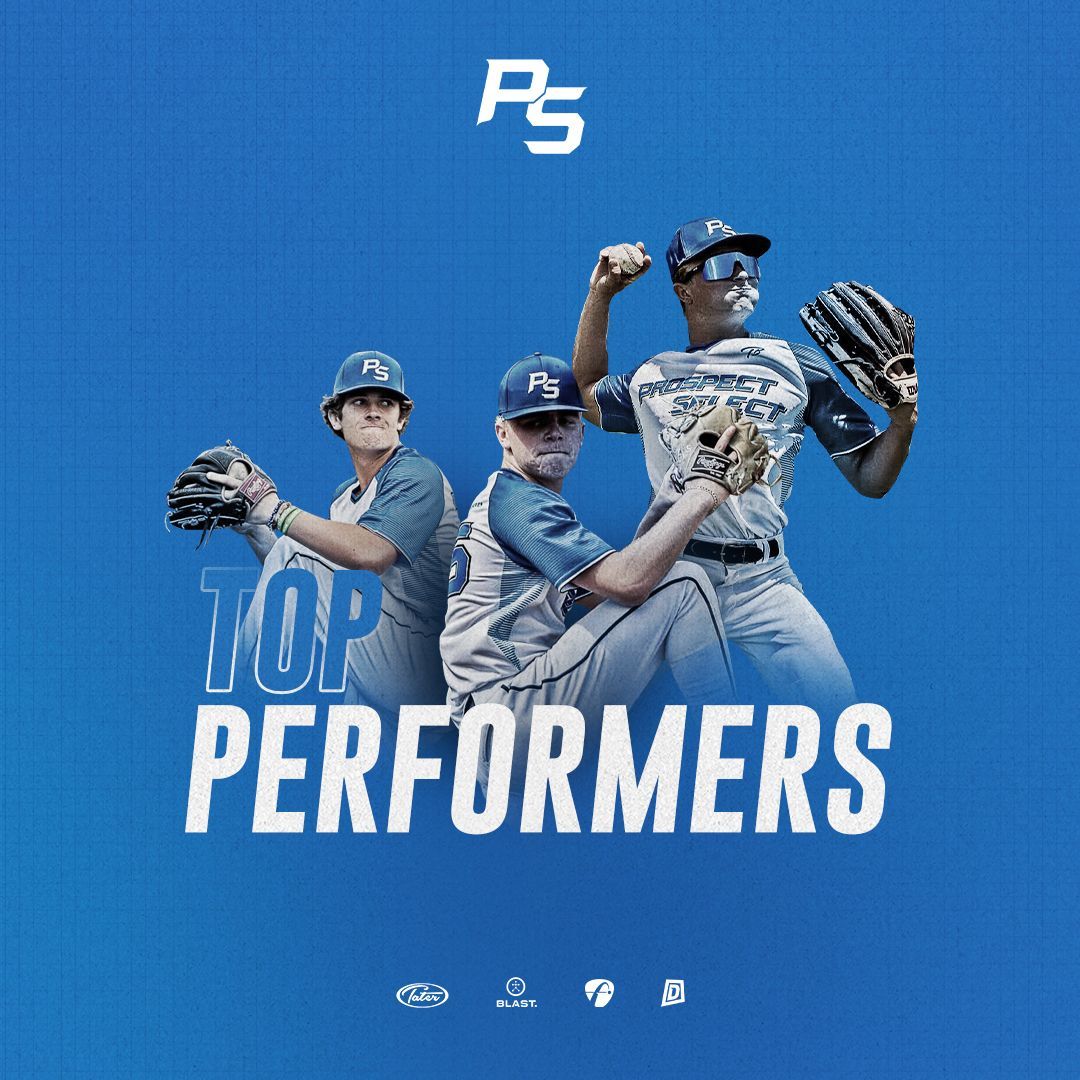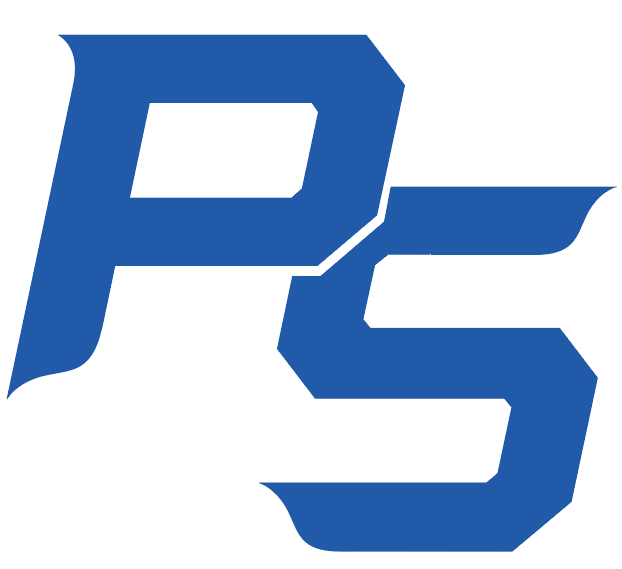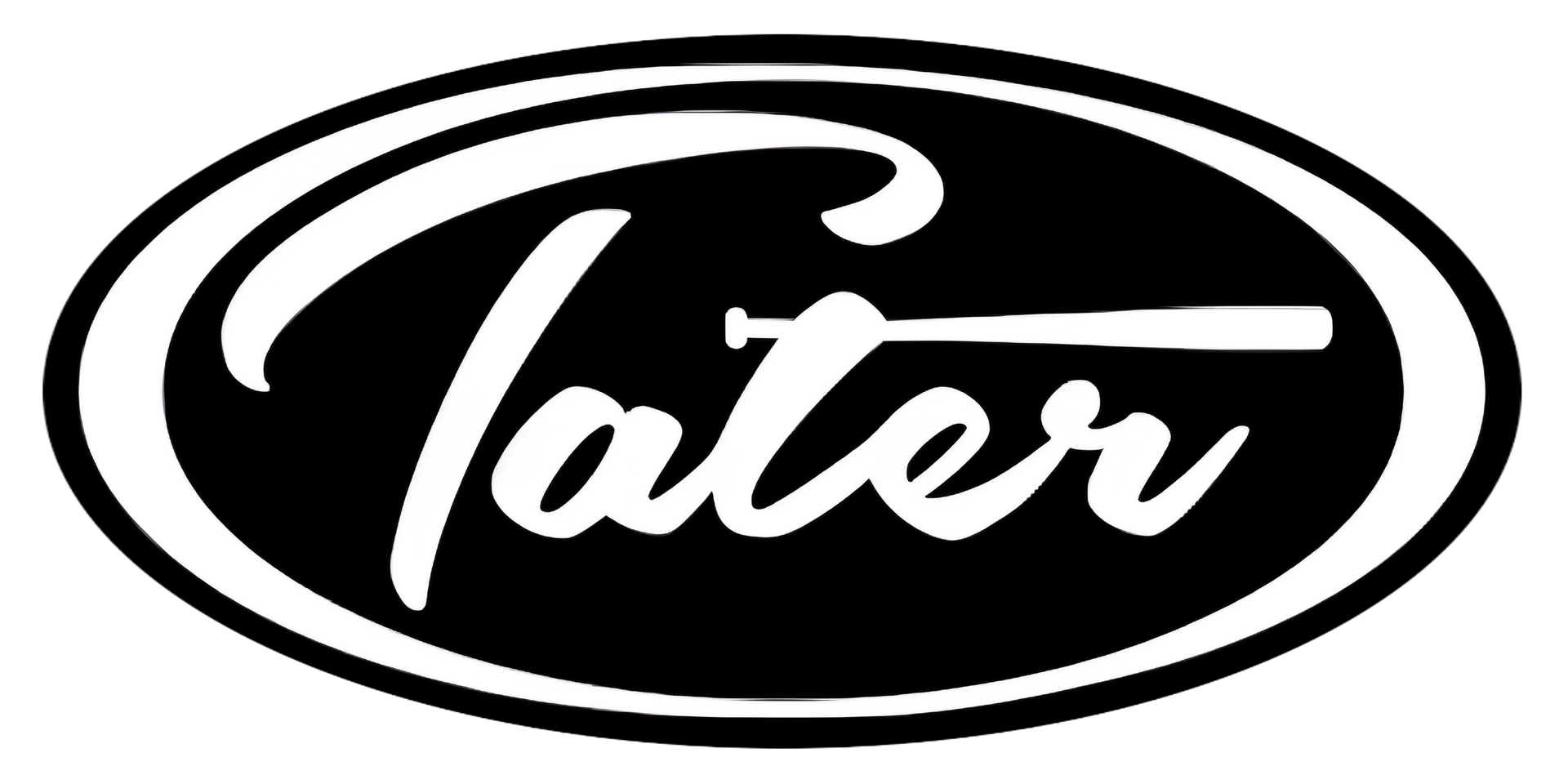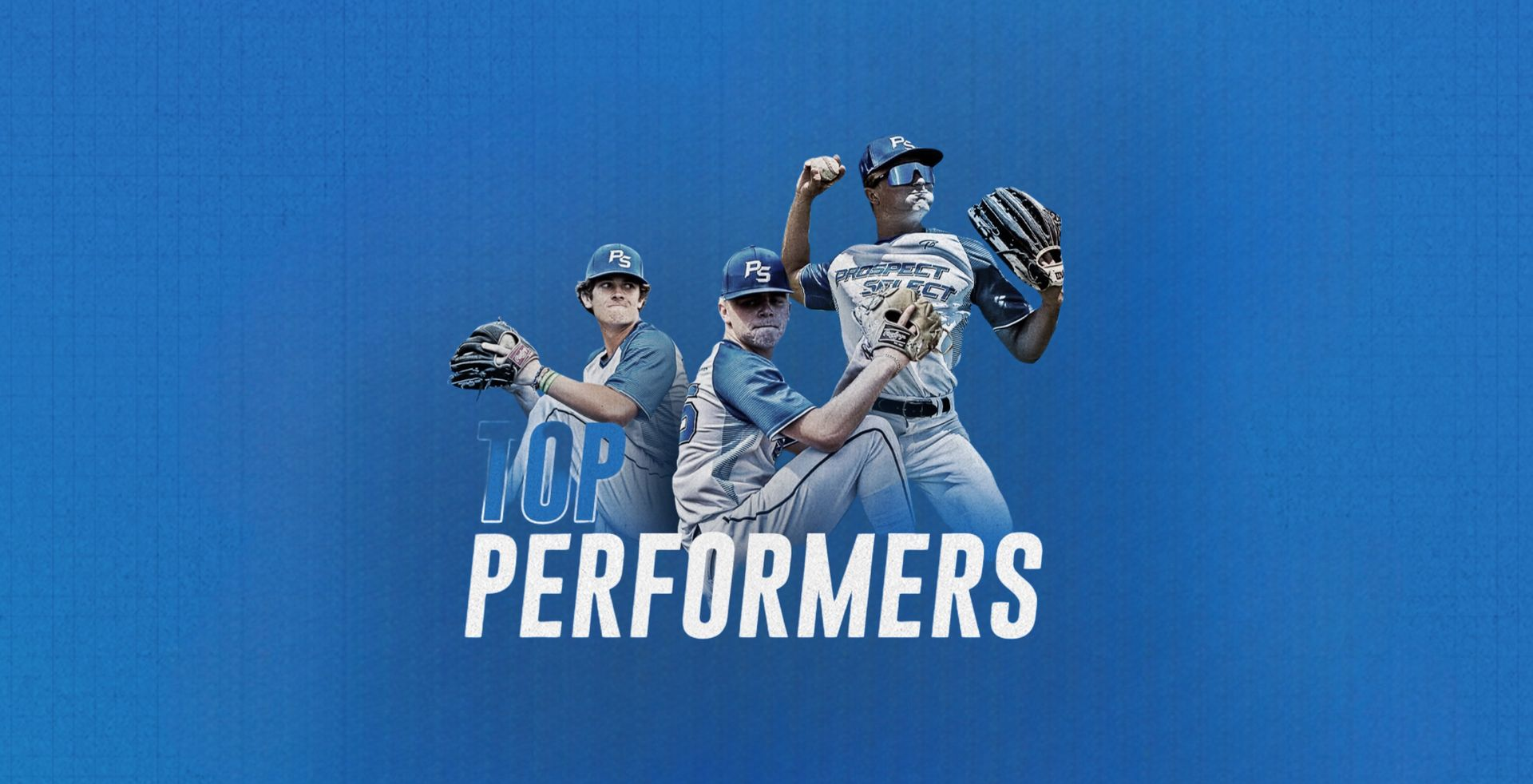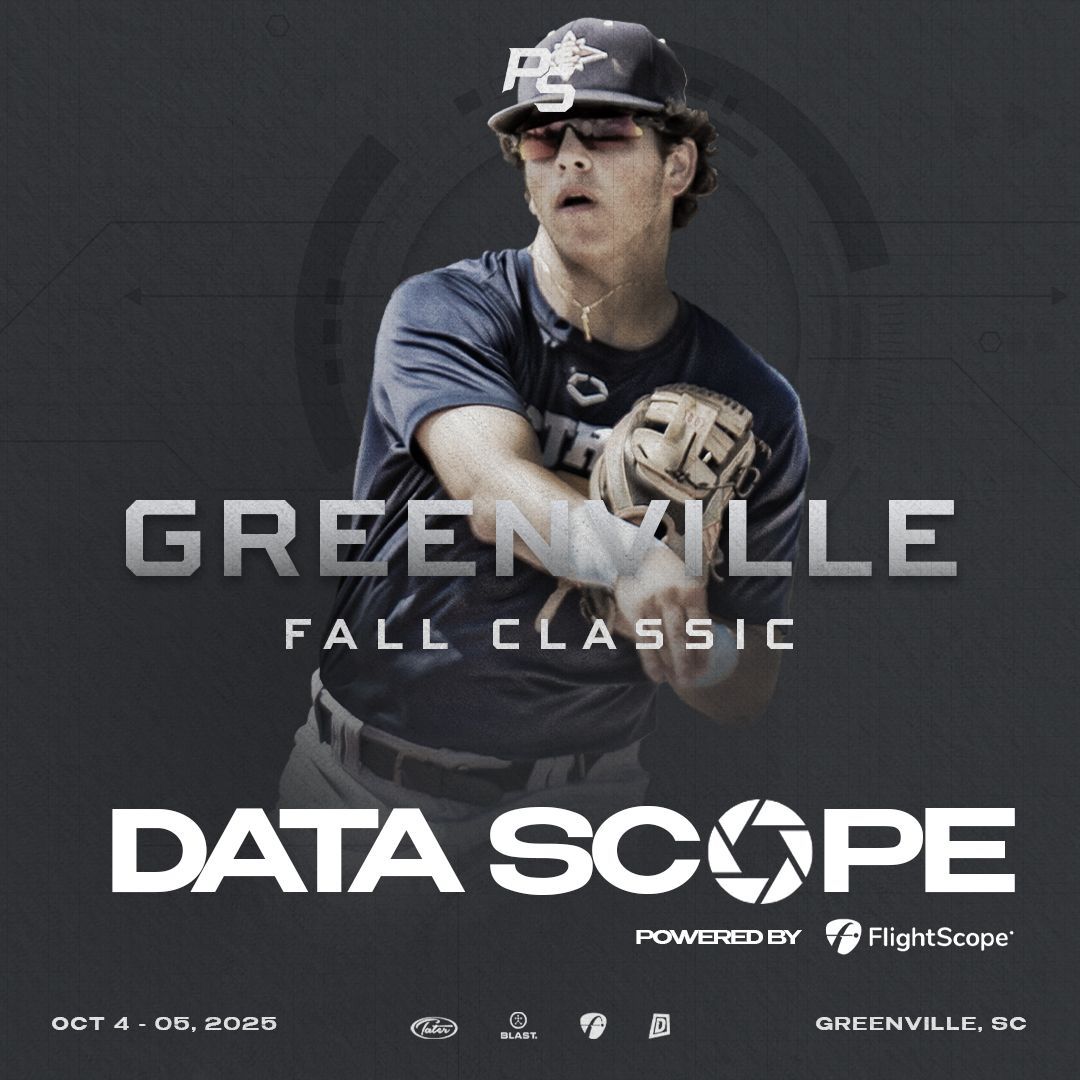Florida Invite - Data Scope
Interested in finding our more about your in game data, please visit your profile • Search for player profiles
**Not all fields will have in-game data**
Kaden Waechter • RHP • 2026
FSU commit Kaden Waechter displayed a truly dominant 3 pitch mix in his brief 40 pitch outing. Waechter showcased an above average FB, averaging 93.9 mph (1st) and T95.7 (4th), along with 2490 average rpm (1st). He mixed in a tight SL w/ 3.7” average HB and 2.3” average IVB, flashing an occasional CH. Waechter was in complete control during his outing, working mainly up and in to RHH’s. Over 3 2/3 IP, he struck out 6 (all 6 swinging) and allowed only one baserunner, while registering a 42.5% CSW% (98th percentile).
The 7 MPH velocity gap between his primary pitch and his Changeup and Slider indicates that hitters will struggle to pick up his pitches out of the hand.

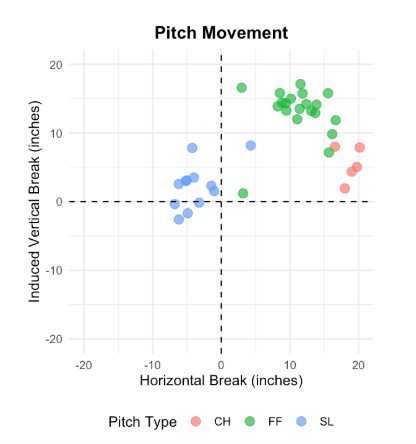
Tyler Ellis • LHP • 2026
Tyler Ellis is a 17 year old Left Handed Pitcher. His fastball sits just below 90 MPH, and is complemented by a great curveball and good changeup. The following table shows the breakdown of his pitch mix.

The strong takeaway is great spin on his fastball and curveball. With an average of 2,536 RPM on his curveball, this will develop into a consistent strikeout pitch. His changeup bridges the velocity gap between his breaking ball and his fastball, slotting in at 81 MPH. The following movement profile shows the impressive movement Ellis is able to generate:
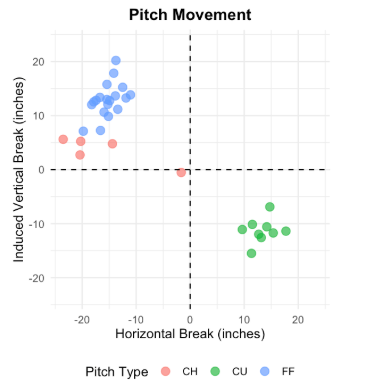
Similar Horizontal movement between the FB and CH makes his changeup difficult to pick up out of the hand. His curveball has amazing drop and gloveside movement, with an IVB of -11.3 inches, and 12.9 inches of Horizontal Break.
Rylan McMahan • LHP • 2027
Rylan McMahan is an impressive 16 year old, dominating the Florida Invite. He is a Left Handed Pitcher, with a dominant Fastball as shown below in his Pitch Summary chart:

His power fastball sits at 92 MPH, with a max velocity of 93.7 MPH. Importantly, with a height of 6’ 1”, McMahan has an extension of 6.4 feet, sitting above the 6.3 MLB average, and significantly above his height, suggesting that his Fastball appears even quicker to a hitter. This was demonstrated through a dominant performance in which he went 2 ⅔ innings, striking out 5. In the 44 pitches thrown, he went to his fastball 41 times. While he heavily relies on his fastball, the metrics on his Slider shows that it could be a great pitch as he continues to develop and gain confidence with it. With an impressive spin rate of 2,396, and 14.6 inches of Horizontal break, this Slider will complement one of the best fastballs in the tournament.
Camden Boehm • RHP • 2028
At 15 years old, Camden Boehm was one of the most elite pitchers in his age group. Boehm throws a fastball and slider combo. His FB has an average velocity of 87.9 MPH, topping out 90 MPH. While he relies on his fastball, he consistently generates strikes with his slider, sitting at 74.1 MPH. He spins the ball well with 2,222.4 RPM on his slider, and 2000+ RPM on his Fastball. Boehm ranks among the best in his age group in Induced Vertical Break on his FB with 15+ inches. His tournament CSW% was a high 38% which was showcased over 4 ⅔ innings, while allowing only 2 hits and striking out 9.
Pryce Pinkins • RHH • 2028
Pryce Pinkins is a RHH in the 2028 class. Over 3 games, Pinkins went an elite 5 for 9 with a walk and only 1 strikeout. Three of his recorded hits had Exit Velo’s of over 90 MPH, showing that he can consistently generate hard contact. One of the most consistent hitters throughout the tournament, Pinkin’s hard hit ball percentage was elite, with a line-drive% of 42.86% as shown below.
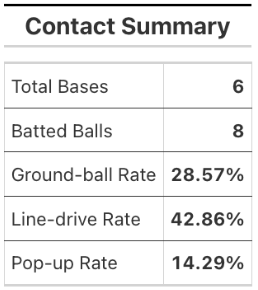
As can be seen in the contact summary, over 3 games Pinkins was incredibly successful. The breakdown of his three hardest hit balls are shown below:

Trace Farmer • RHH • 2027
A right handed hitter in the 2027 class, Trace Farmer had an impressive showcase going 5 for 10 with 3 singles, a triple, a home run, and a walk. Farmer joins Pinkens as the second of only three hitters to record 3 hits with an Exit Velo above 90 MPH.
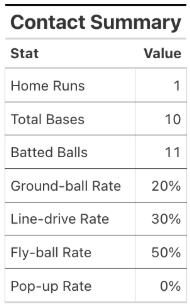
Farmer’s contact summary chart shows a strong ability to consistently elevate the ball, and make hard contact. With only a 20% ground ball percentage, Farmer demonstrates great zone control, consistently waiting for good pitches to hit. The following breaks down his hardest hit balls:
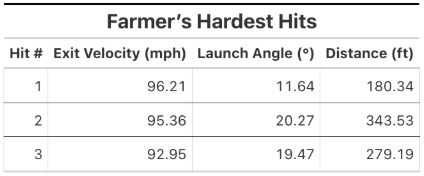
Samir Foster • RHP • 2026
Foster showcased an impressive 3 pitch mix, highlighted by his above average FB. Averaging 92.7 mph (3rd) and T97.1 (1st), Foster heavily utilized it during his outing (79.4% usage). In addition to his above average velocity, Foster’s FB had 15.9” of average HB (91st percentile) and 2290 average rpm (93rd percentile). Across 4 IP, Foster accumulated 6K’s and allowed only 1 ER, all while limiting hard contact in the process (61.1 mph average EV against). In tandem with his impressive FB, Foster also utilized a CB and SL to keep hitters off balance.
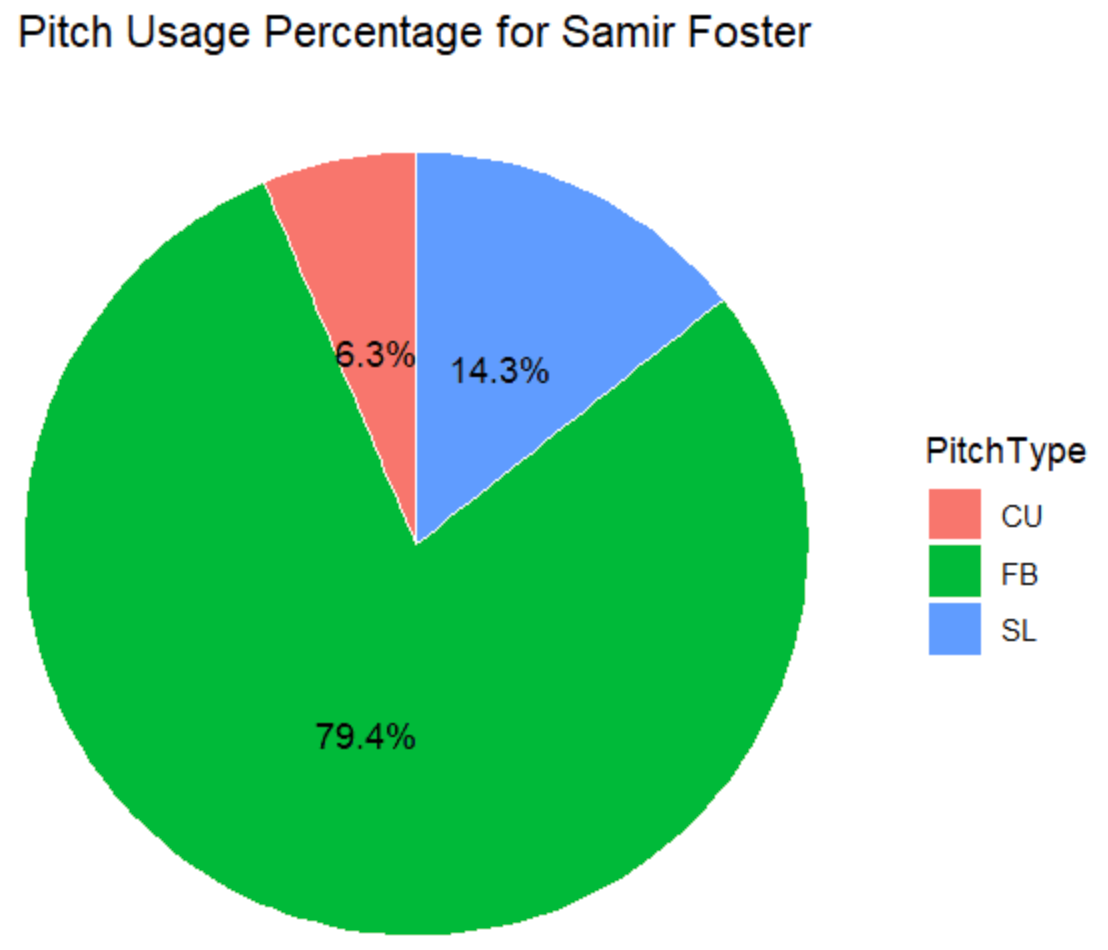
Utilizing a 2-pitch mix, Panetta displayed above average ability for a pitcher his age. Panetta showcased a high spin CB at 2520 average rpm (96th
percentile) that garnered 3 misses on 4 swings in his first outing. Furthermore, he also heavily relied on a FB (76% usage) that averaged 86.6 mph (91st
percentile) and T88.1. Panetta also had an impressive 35.6% CSW% (90th
percentile) in his first outing. Panetta provided important length out of the bullpen on the way to a playoff appearance for the FTB Phillies 2028.
Devin Dukes • RHH • 2026
Dukes registered 2 batted balls over 90 mph over the course of the tournament (T-2nd) along with reaching a max EV of 97.4 mph on a 2B he scorched into CF. In addition to his display of power, Dukes also showcased his speed on a hard hit 3B into LF (94.2 mph EV). In addition to consistently hitting the ball hard, Dukes showcased a patient approach at the plate, seeing 6 pitches per PA (1st).
By Bryce Dunigan and Asher Cohn
Glossary:
FB: fastball
CB: curveball
SL: slider
RHH: right handed hitter
T#: top (max velocity of a pitch)
Spin rate: the rate at which a baseball spins after released by the pitcher
+RPM: revolutions per minute
CSW%: called strikes plus whiff percentage (Swinging Strikes + Called Strikes) /
+ Since not every strike is necessarily a called strike, this statistic is important:
- Showcases how well a pitcher can stay within the strike zone
- Showcases how well a pitcher can force hitters to swing and miss at pitches outside of the strike zone
HB: horizontal break
+Ride / cut on a pitch; how many inches horizontally does a given pitch move
IVB: induced vertical break
+ The difference between how much a pitch moves (rises / drops) given its spin and how much a pitch were to theoretically move without spin
EV: exit velocity
